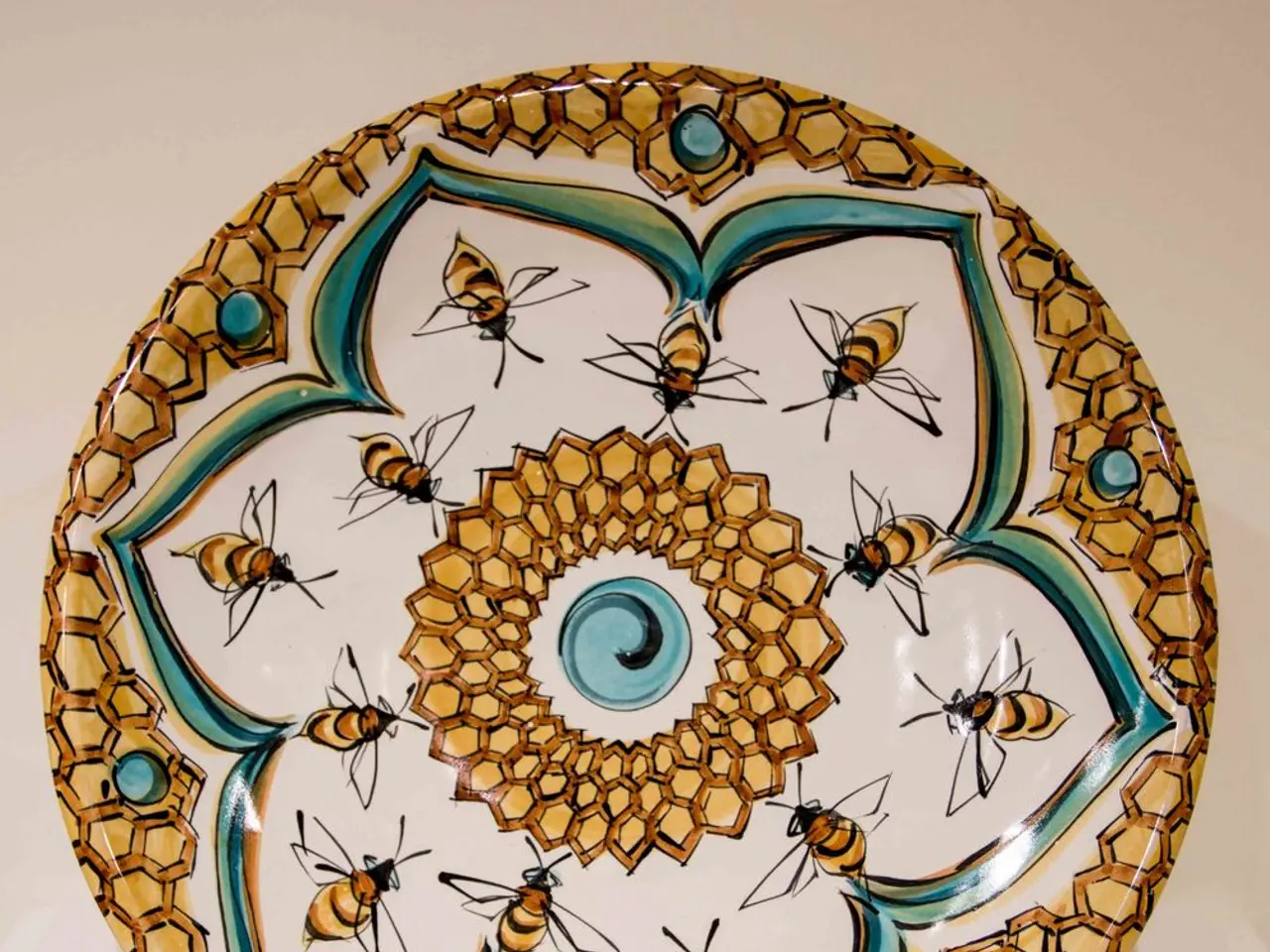Navigating the balance between groundbreaking and relatable innovations
MIT's Self-Assembly Lab Pioneers Intelligent, Adaptive Structures
Skylar Tibbits, a tenured associate professor and co-director of the Self-Assembly Lab at MIT's Department of Architecture, is pushing the boundaries of design with his innovative research. His work focuses on embedding intelligence into materials and creating structures that can respond to their environments.
Tibbits' interest in self-building structures began during his graduate studies at MIT and has since culminated in numerous art installations worldwide. One of his most notable creations, VoltaDom, was unveiled for MIT's 150th anniversary celebration in 2011. Installed late one night, VoltaDom spanned the corridor, showcasing the potential of complex structures made from algorithmically designed and computationally fabricated parts.
The Self-Assembly Lab's research agenda includes the study of self-organizing systems, programmable materials, and transformable structures. This work is not limited to the realm of art installations; it also extends to practical applications such as designing materials and structures that can divert lava flows strategically or create self-growing coastal sandbars and islands using wave energy to combat erosion and sea-level rise.
VoltaDom serves as a prime example of the lab's innovative approach. Its creation involved painstakingly riveting and bolting together thousands of tiny parts, a testament to the lab's commitment to creating structures that can adapt and respond to their environments.
Tibbits' research agenda for the lab is centred around promoting things to build themselves. He is particularly interested in developing elegant code for construction, not just design and fabrication. His work at the Self-Assembly Lab is also focused on creating structures that can respond dynamically to environmental inputs such as air pressure or natural forces.
The Self-Assembly Lab's research is at the intersection of computational design, material science, and environmental responsiveness. By innovating architecture and design through intelligent, adaptive materials and collaboration with natural forces, the lab aims to pave the way for a future where structures can adapt and evolve in response to the changing world around them.
Sources: [1] MIT Media Lab instagram, 2025-07-24 [2] Mirage News, 2025-07-10 [3] Maldives.net.mv, 2025-07-16
- Skylar Tibbits' research at MIT's Self-Assembly Lab involves developing intelligent, adaptive materials that can respond to environmental changes.
- The Self-Assembly Lab's work extends beyond art installations, as seen in their projects designed to strategically divert lava flows and combat erosion using self-growing coastal structures.
- Tibbits is also interested in integrating artificial-intelligence in his research, focusing on writing elegant code for construction that enables structures to dynamically respond to air pressure or natural forces.




